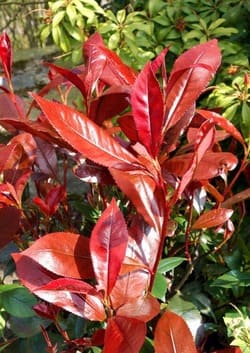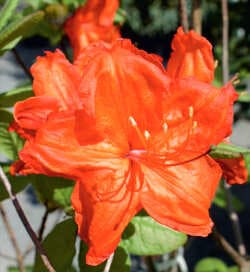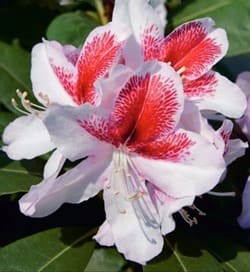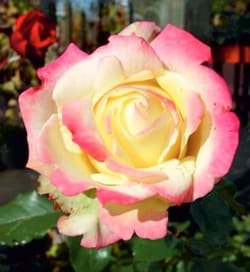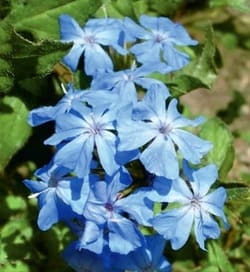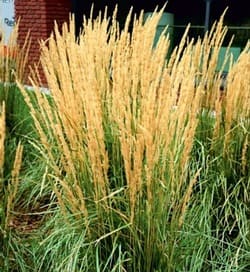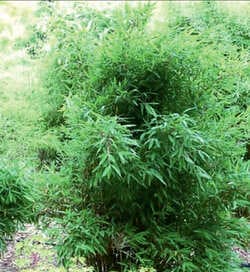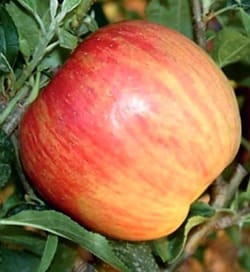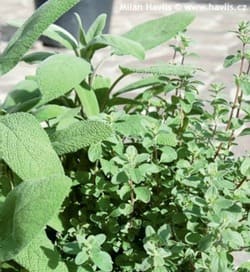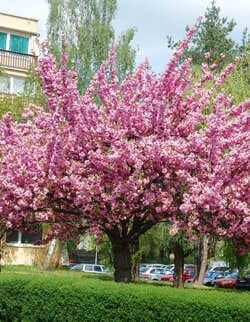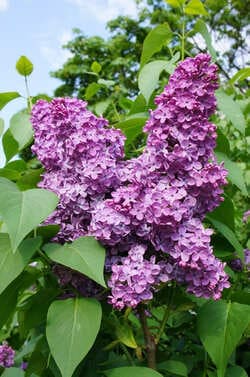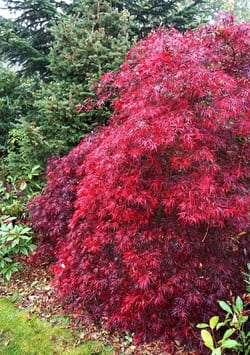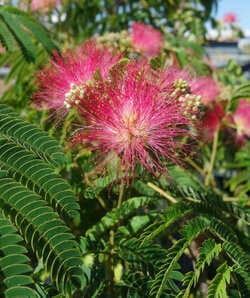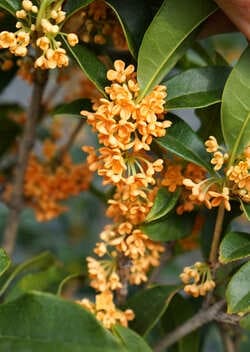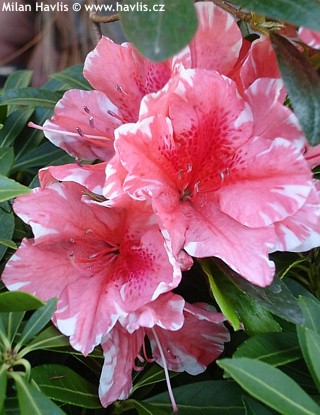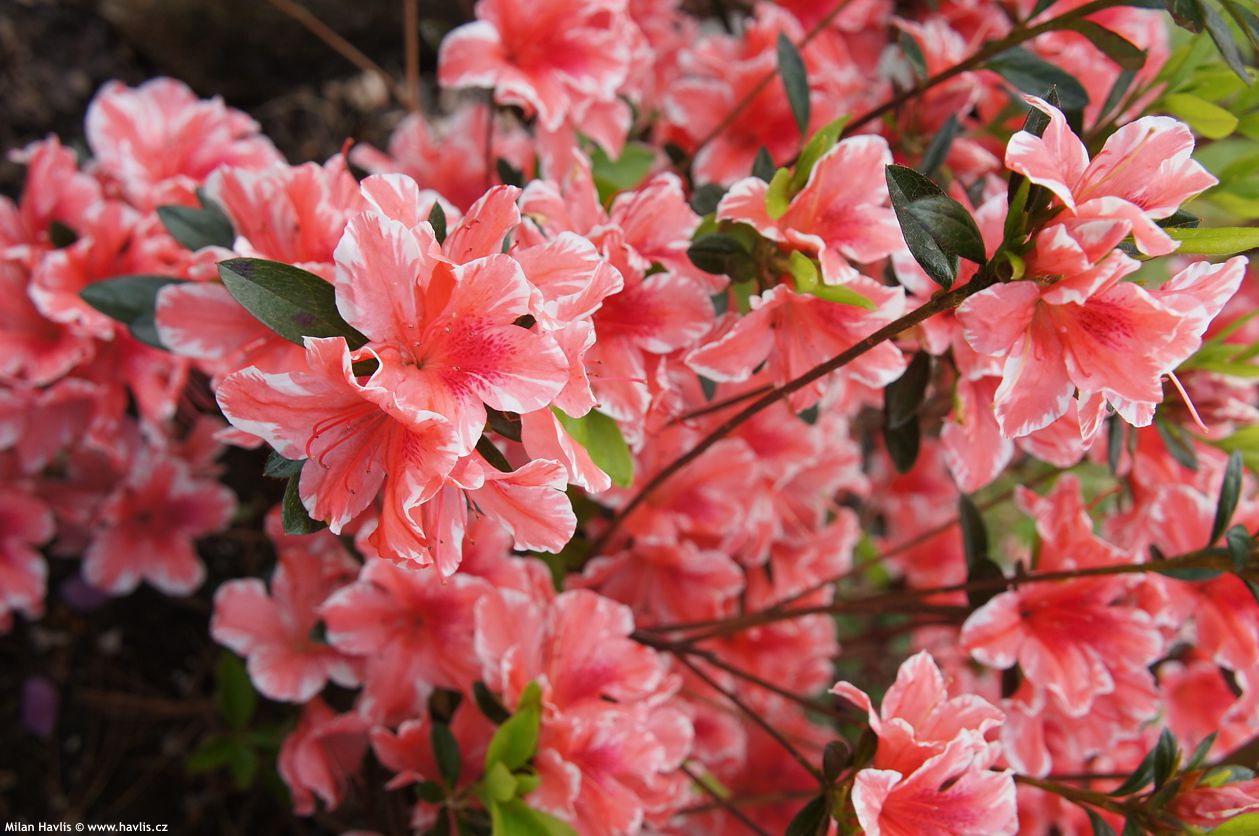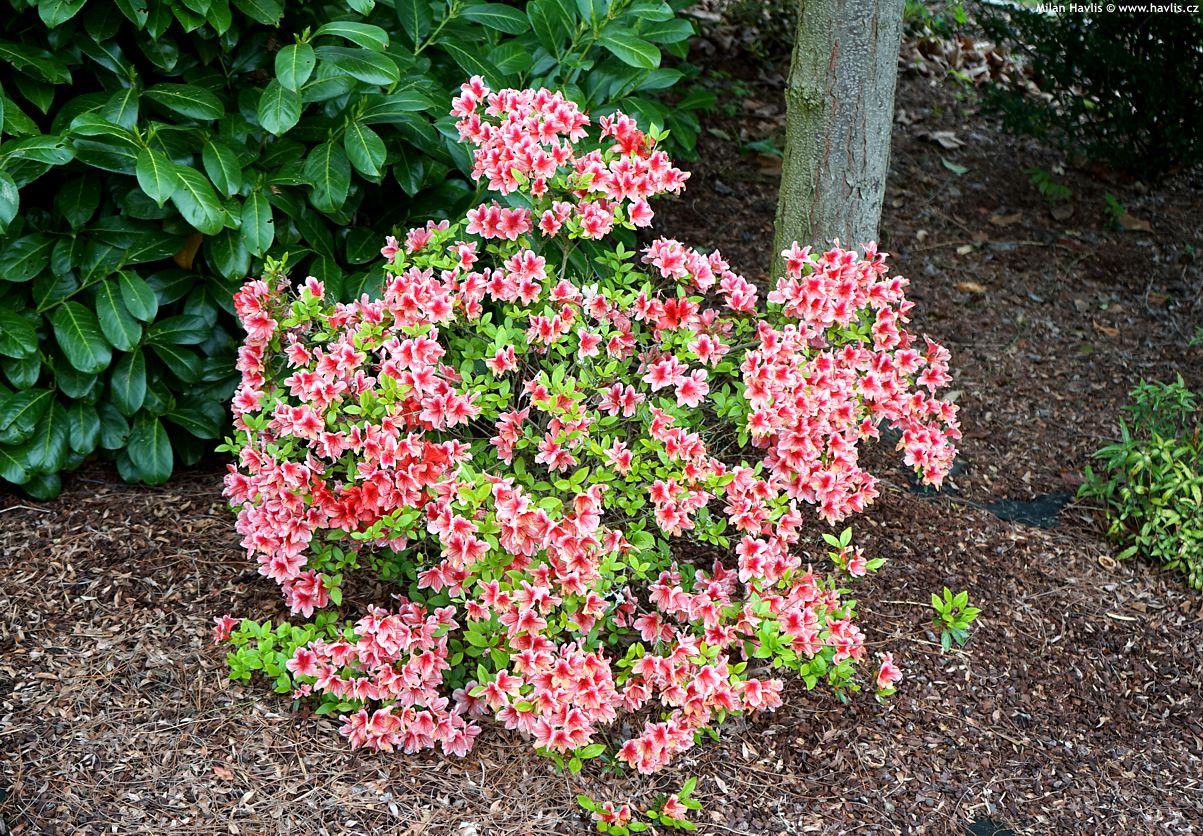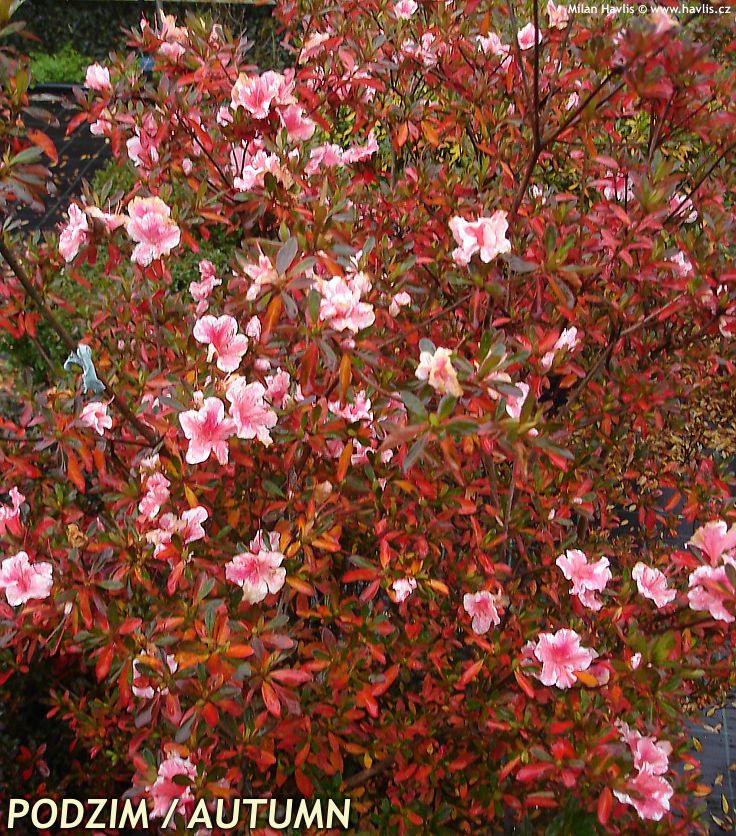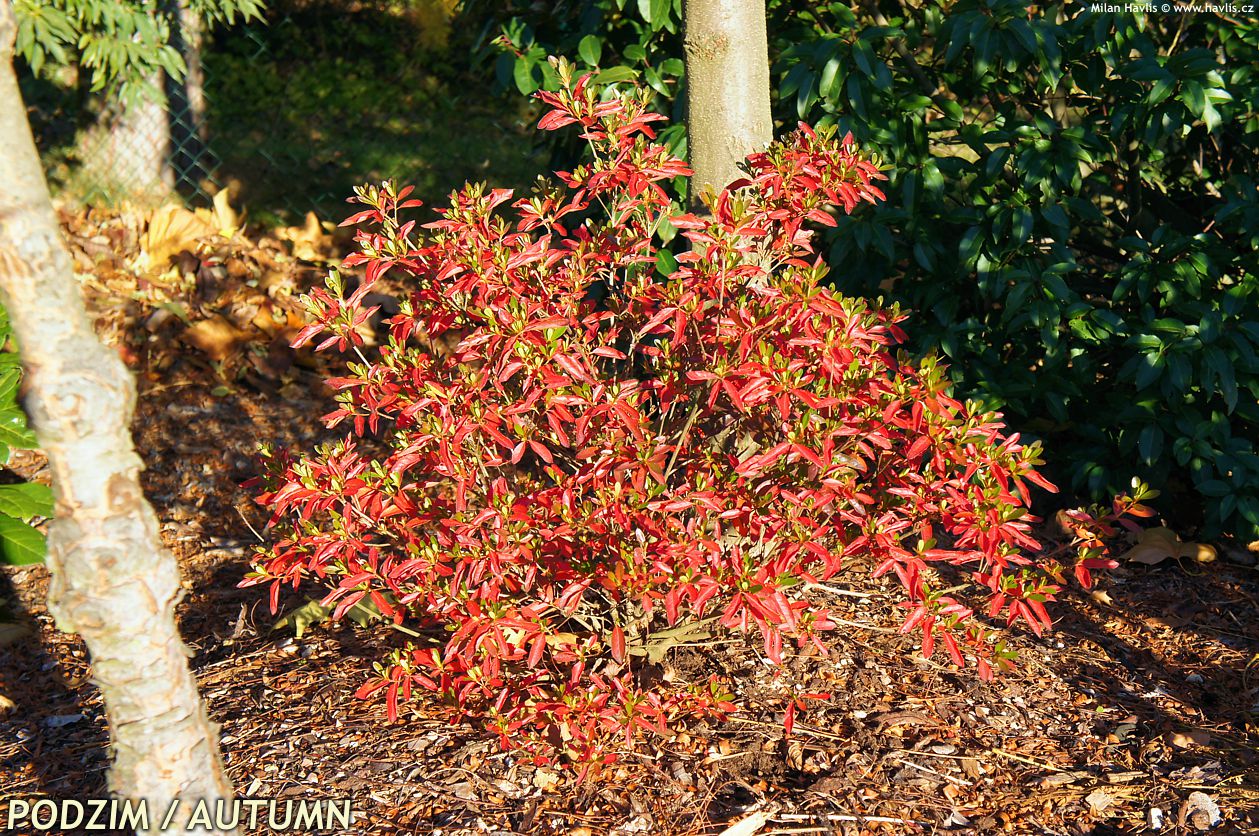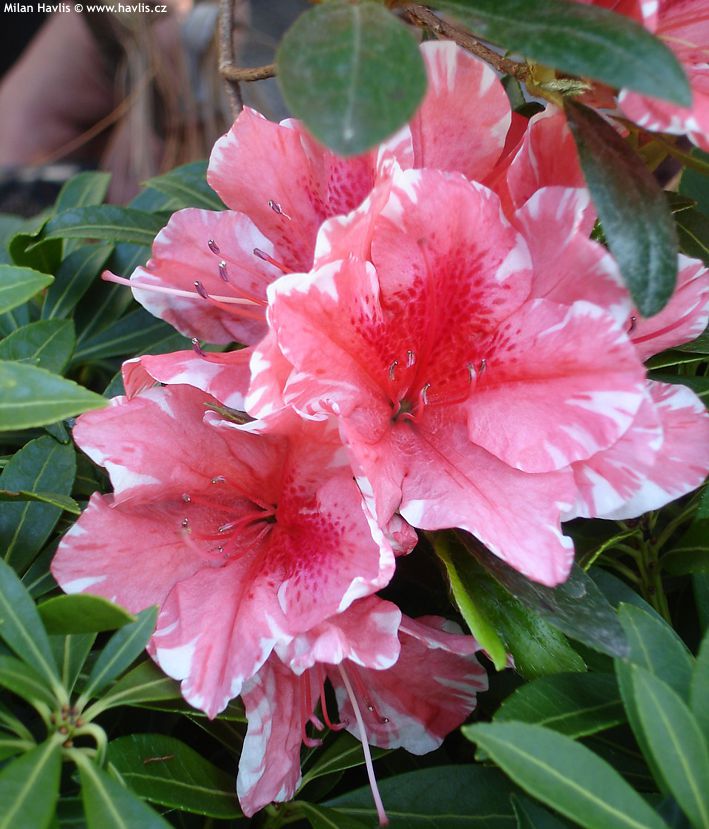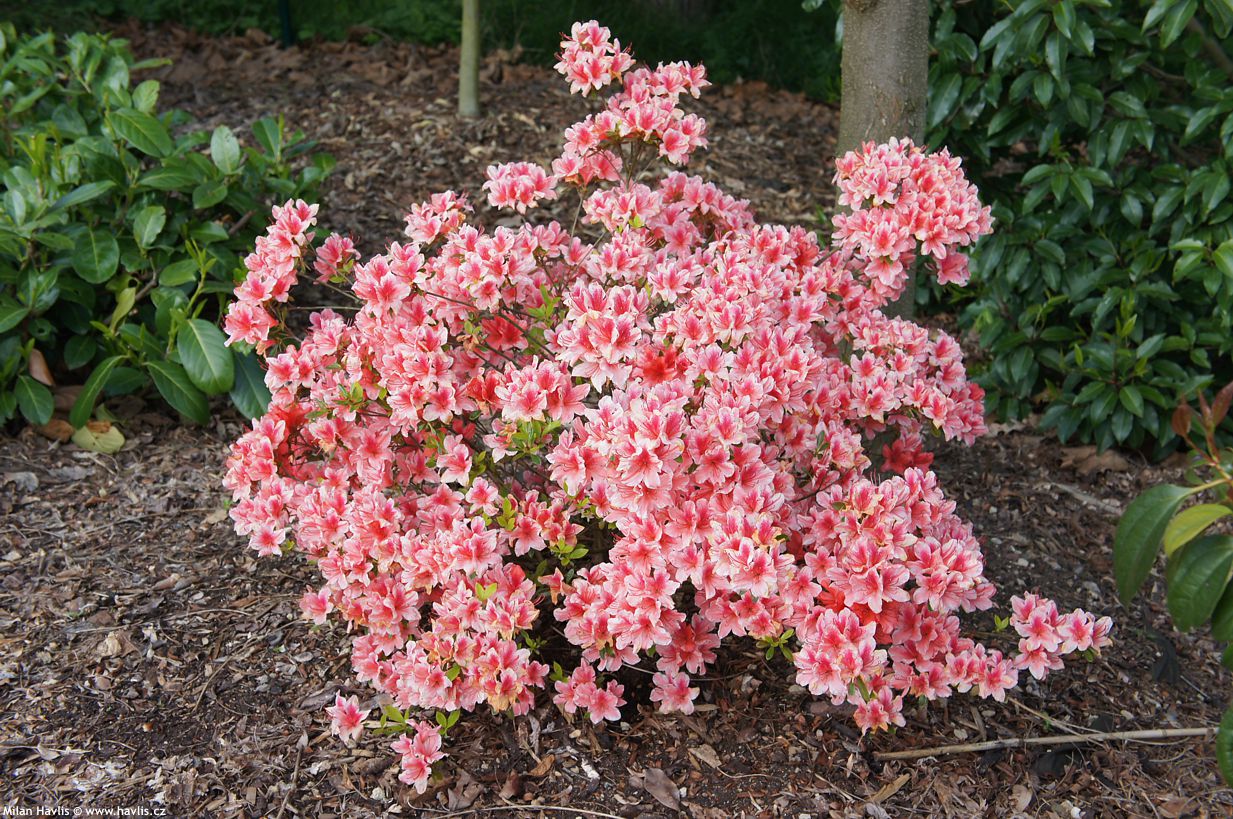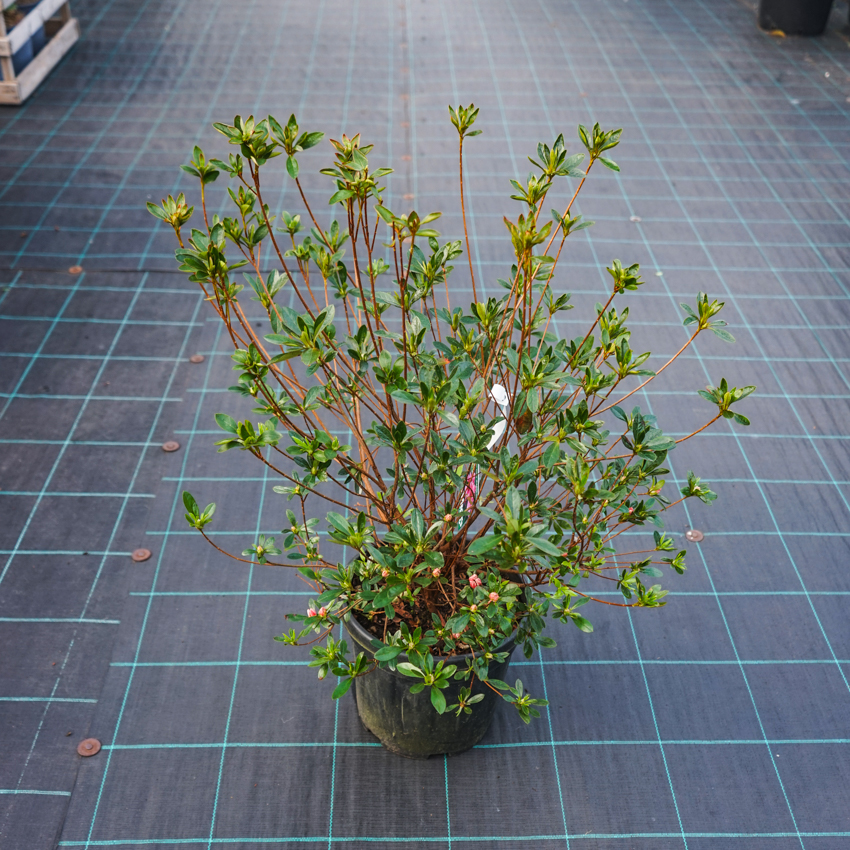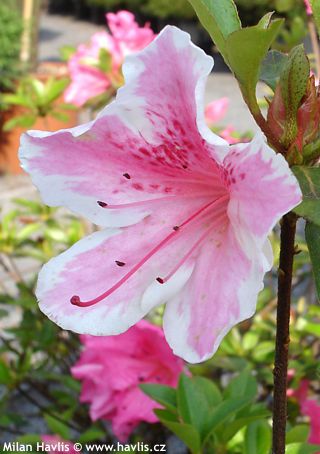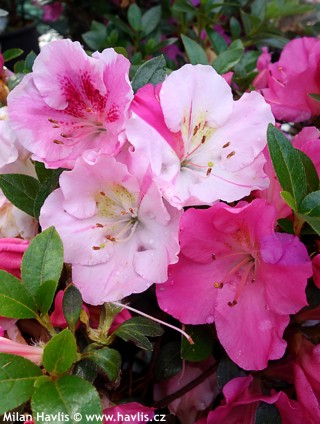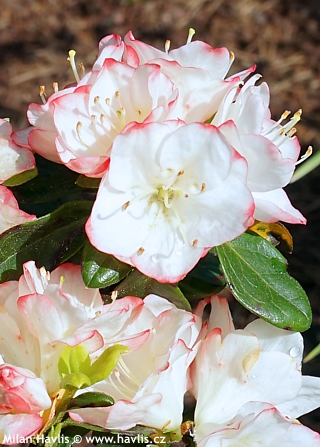Azalea x 'CAROLINA' Japanese hybrid azalea
Azalea
Azaleas, today botanically classified within the broad genus Rhododendron, first appeared in scientific literature in the mid 18th century. Carl Linnaeus (1707–1778) described them in his famous Species Plantarum of 1753 as a separate genus, Azalea. Only later did botanists realize that azaleas are not a distinct genus but belong to the vast rhododendron family, where they now form just one subgroup. The first specimens reached Europe as early as the 17th century, brought by Dutch traders from Japan and China. In the 19th century, a veritable azalea fever broke out, especially in Belgium and England, where breeders such as Anthony Waterer and the Backhouse family created hundreds of new hybrids that became the pride of Victorian greenhouses and castle gardens.
In Asia, azaleas became not only garden ornaments but also part of poetry, legend, and everyday culture. In China they are known as the “cuckoo flower” (dùjuān huā), because according to an old legend the cuckoo bird shed blood from which the red blossoms sprang – hence in Tang dynasty poetry they symbolize longing and melancholy. In Japan, satsuki azaleas have been cultivated since the Middle Ages, and during the Edo period they became so popular that tsutsuji matsuri festivals were established, still celebrated today in places such as Tokyo’s Nezu Shrine, where gardens turn into a sea of colour each spring. In Korea, the azalea (jindallae) appears in folk songs and poetry as a symbol of feminine beauty and fidelity. No wonder that when azaleas reached Europe, they carried with them not only exotic beauty but also a deep cultural story that still lends them a special charm.
When Carolina azalea comes into bloom, it is as if the shrub has dressed itself in a ceremonial kimono – large, widely opened flowers with a rosy to salmon pink center, white edging, and purple speckling resemble painted plates overlapping in the tiered structure of the plant. Its habit is dense but not heavy – moderately compact, with clearly tiered branches that give the shrub an elegant architecture. Flowering arrives in mid season, during May, about a week later than most Japanese azaleas, and it comes all at once, creating a spectacular effect that lasts longer than in common japonicas. And when autumn is favourable, it can surprise with a few extra blossoms in October and November, as if unwilling to accept the end of the season. The evergreen leaves are elliptic to oblong, leathery, with a gentle gloss and deep green colour that turns bronze in winter on sheltered sites.
The origin of Carolina is somewhat mysterious, with only one fact securely documented: it was exhibited at Windsor in 1950 and entered into the international register in 1958; breeder and parentage are not recorded. Practical experience shows it is not an “Indian azalea” – its proven hardiness in USDA zone 5b rules that out. Most likely it is an older European evergreen hybrid with satsuki (Rhododendron indicum) influence, which explains the longer flowering effect and occasional autumn blooms. Carolina thus stands between early japonicas and later satsuki types and can be regarded as one of the pioneering stepping stones toward “late” hybrids, whose deliberate breeding was initiated in the United States by Robert Gartrell as early as the 1930s and which later became famous as the Robin Hill hybrids.
In the garden, Carolina behaves like an elegant actress who demands a good stage and the right partners. Thanks to its structure and striking blossoms, it shows best in semi shaded areas among larger shrubs or trees, where light filters through but it is not exposed to full sun all day. It combines beautifully with other evergreen azaleas and rhododendrons, but also with spring bulbs that bow out just as Carolina takes the stage. It looks splendid alongside ferns, non-variegated hostas, or shade loving grasses that emphasize its delicate architecture and add layered character to the planting.
Evergreen azaleas require light, acidic, very well drained soil that is preferably kept constantly moist but never waterlogged, and rich in iron and phosphorus. Use special fertilizers for rhododendrons and azaleas, or more generally for ericaceous plants. To preserve soil moisture, it is best to keep them mulched at all times, ideally with bark or leaf mould, which also protects their shallow roots from overheating and drying out. An ideal planting mix is one third peat, one third well rotted leaf mould or non limed compost, and one third of the site’s own garden soil, preferably sieved. Azaleas form shallow, spreading root systems, so never plant them deeply and never in heavy, impermeable soil. The best location is partial shade or filtered sunlight beneath tall tree canopies; they can tolerate full sun only for part of the day if moisture is sufficient. Carolina’s hardiness has been tested down to –27 °C (USDA zone 5b), and the plant can also be grown year round in broad but not overly deep outdoor containers, provided they are insulated against frost. In containers, however, occasional watering is essential, as the substrate dries out faster than in the ground.
Last update 18-12-2010; 19-09-2025
Goods are shipped all over Europe. For Russia and U.K. and for further details please read about SHIPPING OPTIONS HERE.
Are you interested in a serious discount for orders NOV-FEB? Check your options here.
THE PRICES INCLUDE VAT of 15%. For quick conversion you can use 1 CZK = approx. 0.04 EUR
- STANDARD QUALITY - Plants of this group are 1st class quality with number of branches and overall density adequate to their size and age, considering they were container grown.
- DE LUXE QUALITY - This label guarantees a luxurious quality of manually selected plants that, compared to their height and age, are exceptionally dense and beautiful.
- EXTRA - These plants are usually mature and bigger specimens with exceptional overall appearance.
- STANDARD (as described in the plant form) means a tree with a trunk of 190-210 cm and a crown at the top, unless specified differently. The commercial size for trees is their girth measured in the height of 1m from ground.
- HOBBY - These plants are of the same quality as our standard-quality plants but younger and therefore cheaper.
- SHRUB - a woody plant with branches growing bushy from the ground level.
- HALF-STANDARD or MINI-STANDARD - a small tree with shorter trunk, its size is usually specified.
- FEATHERED - These are trees with branches growing already from the base of the trunk and up along the stem.
- GRASSES and PERENNIALS - Sizes given usually read the diameter of the pot or the clump, as specified.









